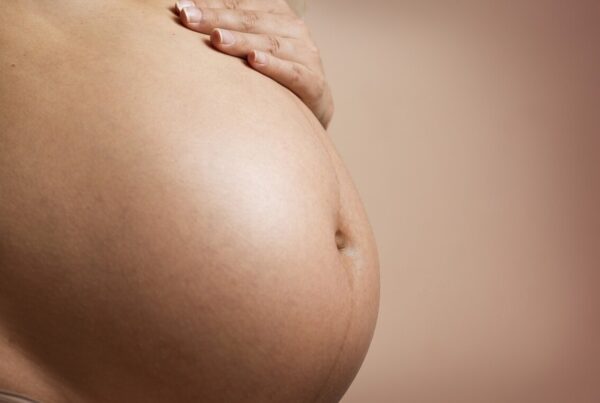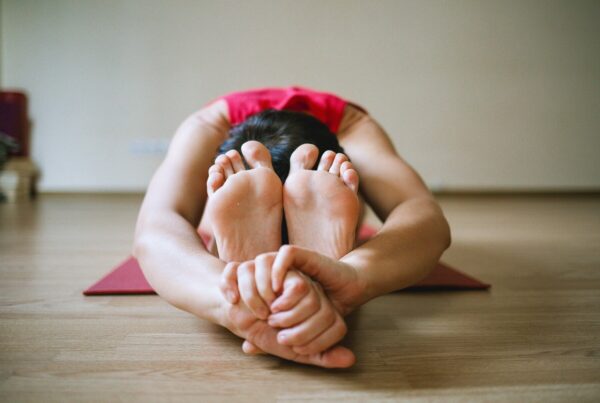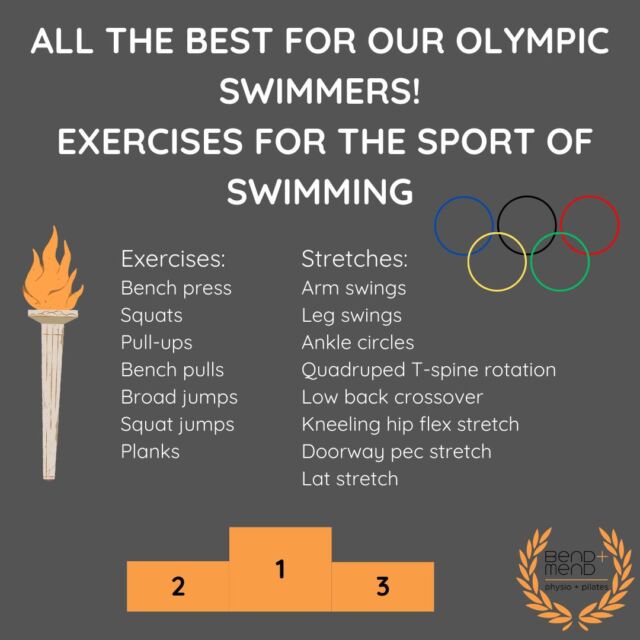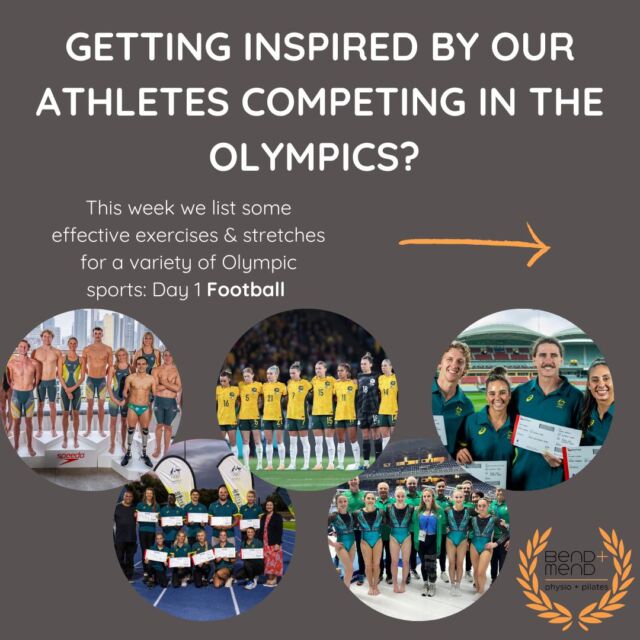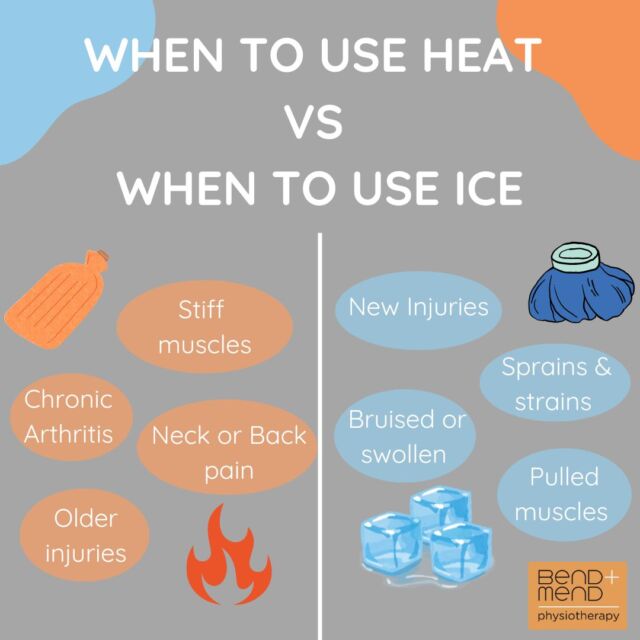ACL injuries are often some of the most common injuries in sports like soccer and netball. Often, they occur with nobody else around because of a planting and twisting of your leg. Commonly following a full rupture, a full reconstruction surgery and subsequent rehabilitation period occurs. The first question on every athlete’s lips during this period is … “When can I get back to sport!?”. In this blog I will run through some of the key considerations we as physiotherapists must make when deciding whether return to sport is possible.
I’ll say right at the top here, returning to sports following surgery should be a very individualised decision. More than just your physiological well-being, we as clinicians also consider many other factors when it comes to returning to sports such as confidence, total amount to return to and intensity of exercise. These are recommendations will differ from person to person so make sure you have a conversation with your physio about your specific concerns.
- Quadriceps Strength
Your quadriceps muscles are super important for knee health generally, but even more important following an ACL surgery. Their primary role is to help move the knee and hip joints, but they also help to stabilise the leg and control the knee cap. If there is an asymmetry between the quad strength when returning to sports, there can be biomechanical changes at the hip, knee, and ankle joints to compensate. Exercises like knee extensions, leg press and squats are examples of how to increase quad strength.
- Forward hopping
Hopping is a great test of overall strength and function of your lower limbs and is commonly included in the return to sport testing. Depending on your sport and injury, your physio may choose to assess some of the following tests:
- Single leg hop
- Triple hop test
- Cross over hop
- 6 Metre hip
Having symmetry in the scores between sides is a great indicator if you are ready to return to sports.
- ACL protector muscles
Although your quadriceps strength is the most essential muscle to strengthen, other global muscles in your lower limbs are also key in helping to protect your ACL graft. Examples of other muscles that help to reduce load on the ACL include hamstrings, soleus, and gluteus Medius. The magic number is about 90% strength of the unaffected leg. Various strength testing procedures will be performed to help determine this number.
So, there are some of the physical factors that can help to contribute to your return to sport following ACL reconstruction. Above anything, a well informed and structured exercise program provided by your Physiotherapist will assist in helping to return to sport quickly and safely.
